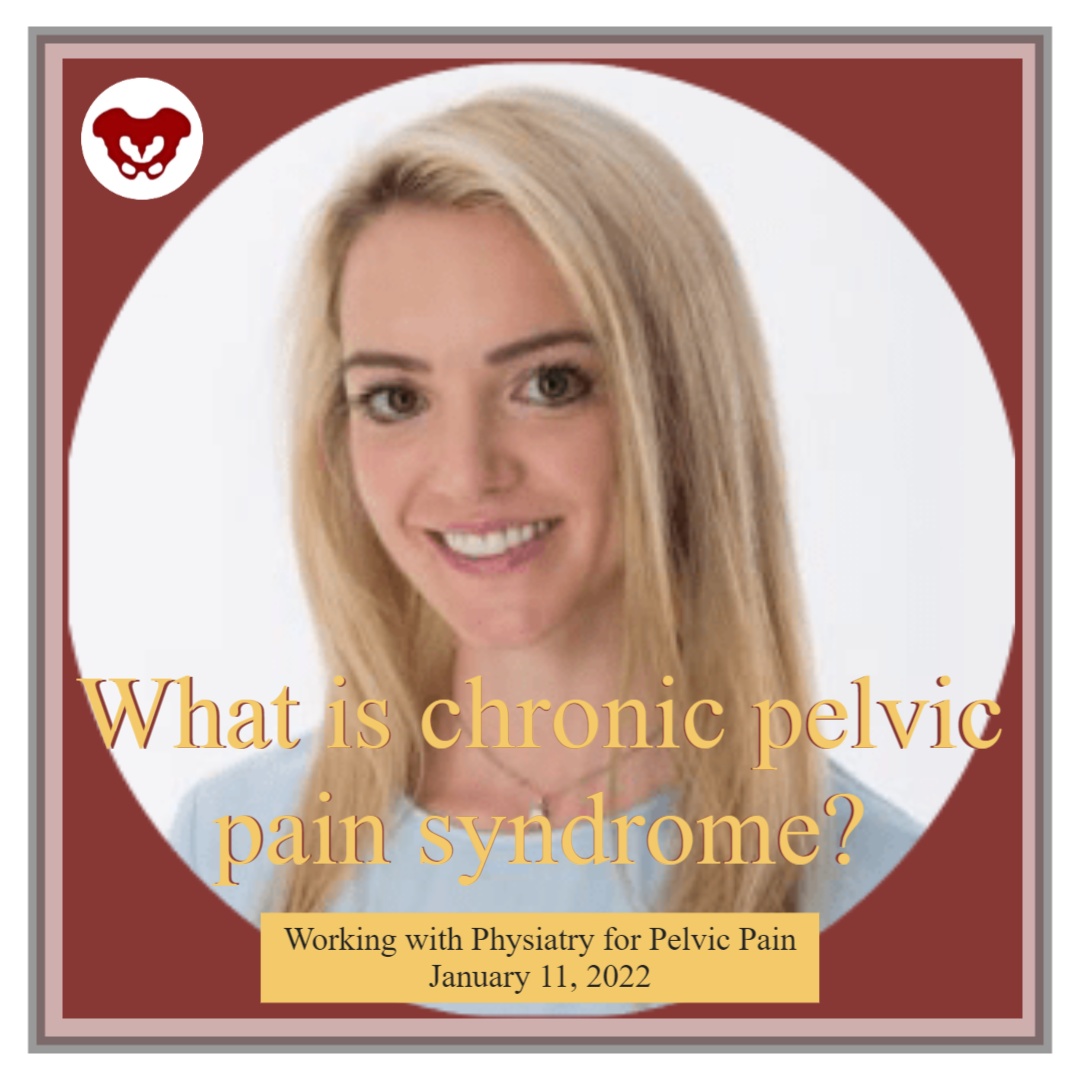What is chronic pelvic pain syndrome?

Allyson Shrikhande, a board-certified Physical Medicine and Rehabilitation specialist, is the Chair of the Medical Education Committee for the International Pelvic Pain Society. She is a leading expert on pelvic health and a respected researcher, author, and lecturer. Dr. Shrikhande is a recognized authority on pelvic pain diagnosis and treatment and is the author and instructor of the remote course Working with Physiatry for Pelvic Pain. Her course discusses the synergistic nature of pelvic physiatry with pelvic floor therapy.
Chronic Pelvic Pain Syndrome (CPPS) is a condition that causes pain or discomfort in the lower abdominal and pelvic region including the buttocks, lower back, hips, groin, perineum, and deep pelvic structures which last longer than six months. The symptoms of CPPS often affect the function of organs such as the bladder and bowel. It can cause difficulty sleeping and pain with sitting or sexual intercourse. It may also result in mobility issues which can impede your ability to manage basic daily tasks. The symptoms of CPPS should be taken seriously and deserve the attention of a healthcare professional.
What causes CPPS?
CPPS often has no singular root cause but is rather rooted in a combination of multiple different issues. Some of the many common risk factors are:
- Hormonal changes, which may occur naturally, throughout a woman’s lifetime (such as during menopause or pregnancy), or because of a glandular imbalance
- Gynecological disorders like fibroids, endometriosis, adenomyosis, polycystic ovarian syndrome, pelvic inflammatory disease, pelvic congestion syndrome, vulvodynia, and lichen sclerosus
- Infections, including yeast infections, urinary tract infections, and bacterial vaginosis
- Urological causes such as bladder pain syndrome or interstitial cystitis
- Musculoskeletal causes including hip, sacroiliac joint, or spine pathology, Myofascial Pain syndromes, and pelvic floor muscle tightness or spasticity
- Gastrointestinal causes like hemorrhoids, irritable bowel syndrome (IBS), Crohn’s disease, and ulcerative colitis
- Neurologic disorders such as herpes simplex or migraines
- Rheumatological disorders such as Ehlers Danlos Connective Tissue hypermobility disorders, rheumatoid arthritis
We also need to acknowledge how important mental factors like stress, anxiety, and emotional trauma often are in contributing to pelvic floor muscle tension. There also may be hereditary factors that cause an upregulated nervous system, which often contributes to increased pain sensitivity.
What makes CPPS so difficult to diagnose?
The causes of CPPS are complex. It’s a condition that often involves multiple organs as well as the nervous, myofascial, and skeletal systems. Some of the most common risk factors for CPPS, including endometriosis and neuromuscular dysfunction, are hard to accurately diagnose. These conditions may not appear on x-rays, ultrasounds, or other imaging tests. Proper identification of CPPS requires a pelvic pain specialist to make an informed analysis of the patient’s medical history and symptoms.
How would you describe a physiatrist's role in working with other specialists to treat CPPS?
Physiatrists are the “quarterback” of CPPS patient care. This is because physiatrists are not trained in just one organ system, we’re trained to examine the interplay of the different organ systems with each other, as well as with the muscles and nerves. This makes physiatrists uniquely qualified to “quarterback” a CPPS patient’s healthcare team. We take a holistic look at each patient, including mind-body connections. This helps us understand each individual person’s primary pain generators and predisposing factors to having pelvic pain.
To learn more about working with physiatry, join Allyson Shrikhande at her course, Working with Physiatry for Pelvic Pain, scheduled for January 11, 2022. Her course will review the core elements, including diagnosis and non-operative treatment options, for a successful pelvic floor therapy and pelvic physiatry relationship for non-operative management of Chronic Pelvic Pain (CPPS) patients.
By accepting you will be accessing a service provided by a third-party external to https://hermanwallace.com/








































